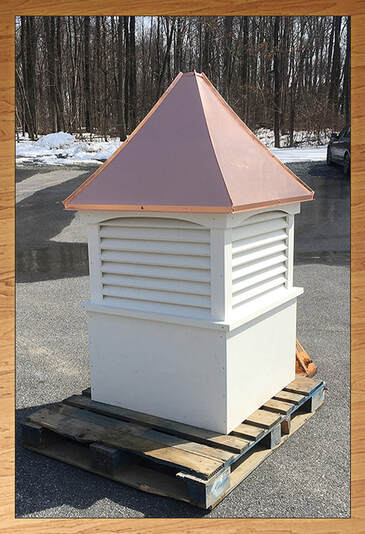What is the Difference Between a Cupola and a Dome?
Cupolas were first introduced to architecture back in the 8th century, and their overall design hasn't changed much. They can be round, square, hexagonal or octagonal in shape and are comprised of three parts: the base, the vents and the cap. The "vents" can be louvers, windows or a combination of both, and the "cap" (roof) typically has a distinct shape (such as bell or concave) to help shed rain, snow, leaves and other debris.
The main purposes of a cupola are to increase ventilation, add natural light and improve the aesthetics of a home. They are easy to install on any style roof and require only minimal alterations to your roofline. While cupolas and domes are not the same thing, they can often be seen together, with cupolas gracing the tops of domes to serve as belfries, lanterns or look-outs, the most famous example being the cupola and dome atop the U.S. Capitol building.



 RSS Feed
RSS Feed